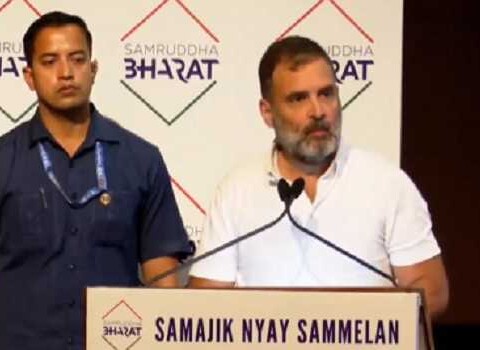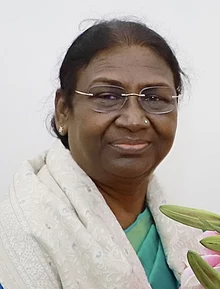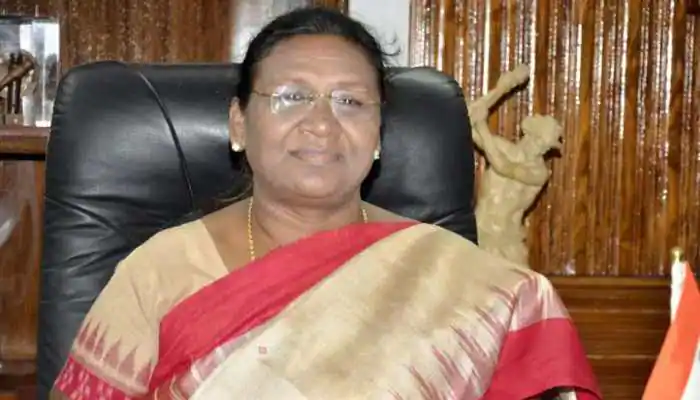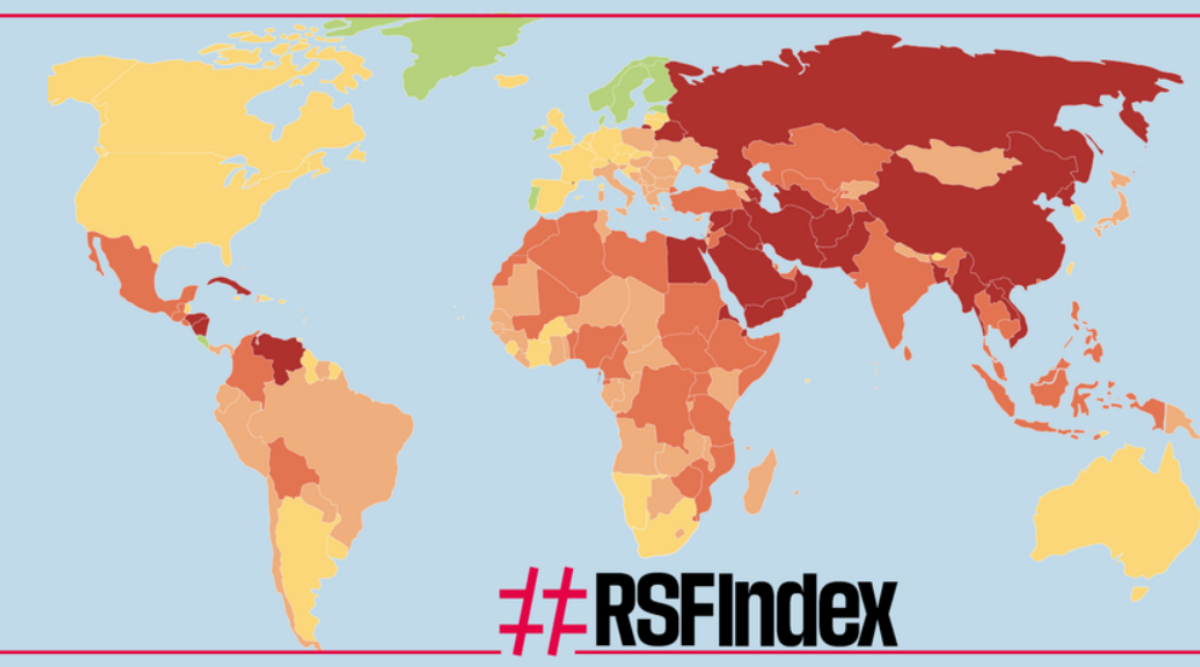“This craft is dying a silent death and new generation is hardly interested to take this legacy forward. I and my family have kept this craft alive and earn our livelihood from it. Though its demand increases with the onset of winter but I sell around 1000 Kangris every winter, cost of a Kangri varies between Rs 80 to Rs 200. It is very essential in winter as it keeps us warm,”
Reyaz Ahmed

Srinagar: Inside a single story mud house Abdul Gani Sheikh and his family joined by other local artisans are busy in skillful art of molding and weaving the dried twigs of willow trees around small bowl earthen pots. This is not a simple art out of their hobby or passion, however, a profession they carry on from their forefathers to earn their livelihood. But alongside that this artistic piece is warming hundreds of people in his locality and outside Sheeri in the biting cold of winters.
Gani’s family is among hundreds of such artisans in the Kashmir Valley who are carrying forward their forefather’s legacy of this traditional art of manufacturing and fashioning mobile firepots.
Commonly known as ‘Kanger’, the locals warm themselves with it in chilling winters; normally keep it inside their traditional cloak (Pheran). Before sleeping the people also warm their beds with the firepot. Even in winters the guests are also offered the traditional heating arrangement along with the blanket to keep warm.
After the earthen pots-Kundal- are moulded, these are sold to the artisans who complete the wickerwork around them, erect two arms to handle the pot, and also colour it to give an aesthetically delicate shape. The final product is Kanger, which dominates the market and social fabric in Kashmir. Today, even when all kinds of facilities, including gas, electric heaters, and specially made Hamams, are available, Kashmiris still prefer the traditional Kanger to fight the hostile months of harsh winter beginning from October.
The fire pot is preferred over all other heating devices given to its rich cultural and economic significance and mobility of carrying along.
The device, however, is more dominating in rural areas due to easy availability of firewood and charcoal.
“What Laila was on Majnun’s bosom, so is the kanger to a Kashmiri”. The Kashmiri proverb sums up the relationship between a Kashmiri and the Kanger. The non-locals call it Kangdi.
“The art of weaving Kanger has got transformed from generations in my family. It is a traditional art which has a rich and deep rooted history in our culture. I have been doing this job from last 5o years; we earn our livelihood from it. It takes almost a day to prepare a Kangri but the simple one can be made in few hours,” said elderly Abdul Gani Sheikh.
“This craft is dying a silent death and new generation is hardly interested to take this legacy forward. I and my family have kept this craft alive and earn our livelihood from it. Though its demand increases with the onset of winter but I sell around 1000 Kangris every winter, cost of a Kangri varies between Rs 80 to Rs 200. It is very essential in winter as it keeps us warm,” added Sheikh.
Manufacturing the kangri involves labour and local artisanal craftsmanship. Twigs are collected from deciduous shrubs, scraped and peeled and go through a process of soaking, drying, and dying and are finally woven around the bowl-shaped earthenware. Kangri consists of two parts, the inner or the earthenware, designed by potters, is called “Kundal” in Kashmiri, whiles the outer part or coverage, and is an encasement of wicker – work of various ordinary and beautiful designs and forms. Kangris are mostly made in Charar-e-Sharief, Islamabad, Bandipora, Zainagir, Magam, Baramulla and each area has its own identification and specification in this field.
When the first sign of chill is in the air with the onset of winter, the great clusters of Kangris began to make their appearance in shops.
“During the month of November, December, I sell around 1000 Kangris, cost of a Kangri varies between 50 to 250 rupees. The cost varies and it is upo the people to choose from a simple one to a highly decorated,” said Bashir Ahmed a Kangri seller of Bandipora. “We have Kangris in all the affordable ranges.”
The features of this heating device, which renders it matchless to the new available technology in market including gas and electric heating appliances, people, maintain that this age old traditional Kashmiri device would continue to be the hot favorite amongst Kashmiris for its independent and affordable features.
“Kangeries are still selling like hot cakes this time too. We make handsome earnings by selling Kanger but what hurts is that new generation hardly bothers to learn the craft and feel overlooked if they are associated with it,” added aged Ali Mohammed who manufactures and sells Kangri from last 10 years.
The markets of Kashmir valley particularly of Srinagar city are flooded with kangris of varied frames and designs, from November till March. People associated with the craft from different parts of the valley earn their livelihood on this small scale industry. They allege that government has not been interested in promoting the craft and trade as it has not launched any scheme so far to benefit traders and artisans associated with Kangri.
“Government has not provided us any kind of help or support to uplift the trade and craft. We approached the concern departments for loans but all in vain. If government is really sincere to promote the craft and save the cultural legacy of the craft, a full-fledged loan and welfare scheme must be introduced to benefit those who are associated with craft,” averred Din Mohammad Shiekh.
If you are a non-local visiting Kashmiri for the first time during the winter season, you would be taken by surprise to find people carrying mobile firepot in their hands or in their laps but every Kashmiri knows how to handle the apparatus with care.
One has to do is to fill the koundal (earthen pot encased with wicker) with tsini ( charcoal) and embers and take this inexpensive source of warmth everywhere, including offices and business establishments. It is because of its mobility that the kanger has been a constant and popular companion of the Kashmiris during the winter months. Each family member has a Kangri of his own. For guests also a few kangris are kept earmarked. Small children have smaller kangris. Sometimes two members share a kangri. This form of warming up is called Shalfa. The device can retain the fire for upto 6 hours without losing the intensity of heat.
History

It is generally believed that Kashmiris learnt the use of this artistic warming device from the Italians who were in the retinue of the Mughal emperors, and usually visited the Valley during summer. In Italy and Spain braziers were made in a great variety of shapes and were profusely ornamented. Historical data, however, contradicts the claim that kangri has come to Kashmir from Italy.
According to Sir Aurel Stein, Kashmiri chronicler, the name is in all probability is derived from Sanskrit, Kasthangarika Kash (wood) and angarika (embers).
Earliest references to kangri are found in Mankha’s Sri Kanthcharitam and Pandit Kalhana’s Rajatarangini. Mankha describes it as Hasantika, i.e. a pot that could be carried in hand. He says it was in regular use in his times.
Kanger has fascinated European travelers too. Historians like Bernier, Moorcraft, Hugel Vigne and others have all noted the importance Kangri holds in the life of an average Kashmiri.
Kanger has deep roots in Kashmiri culture and its folklore. Just as a person is first greeted with a glass of water in hot climate areas, in winter every visitor to a Kashmiri family is provided with the warmth of kanger. A host feels proud sharing this display of traditional warmth.
The small, beautifully designed Kangris are also used as decorative items not only in Kashmir but also in other states and countries. “Types of Kangris also vary as per their strength and durability viz Charari kangri, Bandipori kangri etc .These are some famous types and are always in demand,” says Khursheed, another Kangri seller.
“It is not every body’s cup of tea to weave a special designed and strong Kangri, it takes a lot of skill and hard work. We make specially designed Kangris on orders from our customers. These are specially used during marriages,” he adds.
Ritual Significance
Even today, a newly married bride buys the kanger as a prime gift, especially pundit couples for the first Shivratri after their marriage. “I have already sounded my parents on purchasing a Bandipora-make kangri for me this Shivratri. I know I don’t require it in Pune but since this is my first Shivratri after my marriage, to have a traditional gift like kangri is an asset. It will add beauty to my drawing room that houses all such Kashmir made items,” says Ajay Dhar, software engineer who marries a teacher in Weervan colony Baramulla.
In the Valley, there can be no celebration without a kangri. At the beginning of any ceremony, even if it is solemnised in the warm months, the kangri is there to spread the fragrance. Aromatic seeds called Isbandare burnt in a kangri to mark a good beginning to a party. This custom is common to both Hindus and Muslims.
An author Dr. R.K. Tamiri beautifully described Kangri as a small earthenware bowl of a quaint shape, held in a frame of wicker-work. The earthen ware bowl, containing fire is called Kundal. In Sanskrit Kundala means ring. The outer encasement of wicker-work may at times be very pretty with its ornamentation of rings and brilliant colouring. A simple protective covering ensheathed over the upper portion of wickerwork is called Woluhd.
Tsalan is a little wooden or metal (Iron or Silver) spoon tied to the handle for adjusting (Wokhur) the fire embers in the Kundal. The Kangri may only consist of an earthenware Vessel, sometimes ornamented. It is then called a Manan.
Kangri has also found a place in our festivals and religious observances. On Makar Sankrati day, which falls in the cold month of January, Pandits give Kangris with fire embers in it, to the family priest (gor), in the name of their departed ancestors. This practice simulates Nirajala Ikadashi day in the plains. On this day which falls in summer, Hindus give a gharra of cold water in alms.
Shishur day is observed by Pandits, to protect the new bride against cold injury. A Shishur ‘gore’ is tied to the saree of the bride and a grand feast is organised. The bride holds a specially-prepared Kangri in her hands and the guests offer cash. During Herath (Sivaratri), the daughters take decorated Kangris along with other presents to their husband’s house. Kangri also finds use when ‘Isband’ is used to ward off the evil on auspicious occasions. Tilaashtami marks the end of Shivaratri celebrations and the heralding of Spring. Old Kangris, on this day, in the evening, are consigned to flames. A rope is tied to a Kangri. Grass twigs are put in it and then it is set on fire. The person who holds the rope swings the Kangri round his head, Chanting ‘Jatanh tah, Jatanh tah’ till the Kangri is totally burnt. Same evening earthern lamps are lighted and put in river, as on Vaeth Truvah (Birthday of Vitasta/Jehlum) day. It is a grand spectacle to watch. The Muslims generally present Kangris in charity to the mullahs.
Hazards
Kangri has its hazards too. Few people from the older generation have escaped without burn marks (nara taeht), caused by careless use of Kangri. It is a pre-cancerous condition. The textbooks on Surgery have noted the cancer caused by Kangri. It has been named as Kangri Cancer and other skin burn diseases due to its overuse.
In winters, however, the Kanger is also used to fight. When in winters two people enter into an argument and any one among these is holding a kanger, he instantly hurls it on opponent.
Young boys and girls use Kangris to roast Potatos, Eggs and Singharas. There has been another far-fetched claim in the Kashmiri society regarding this device. It is said that Kangri aids digestion of food in winters.
The author can be reached at [email protected]
The article is from the print edition of 21-27 December 2016.











